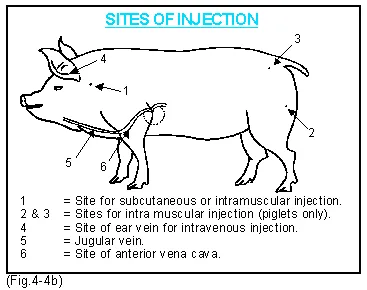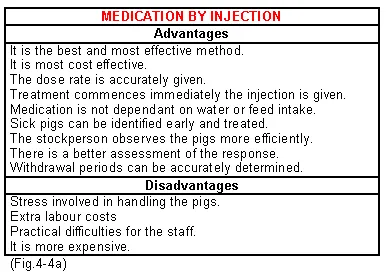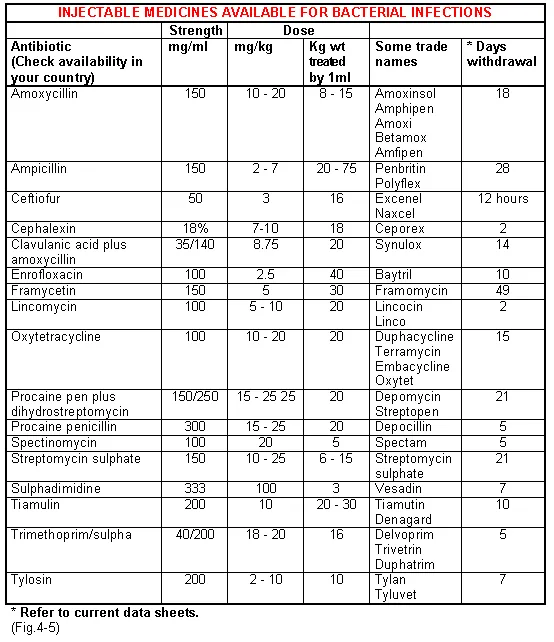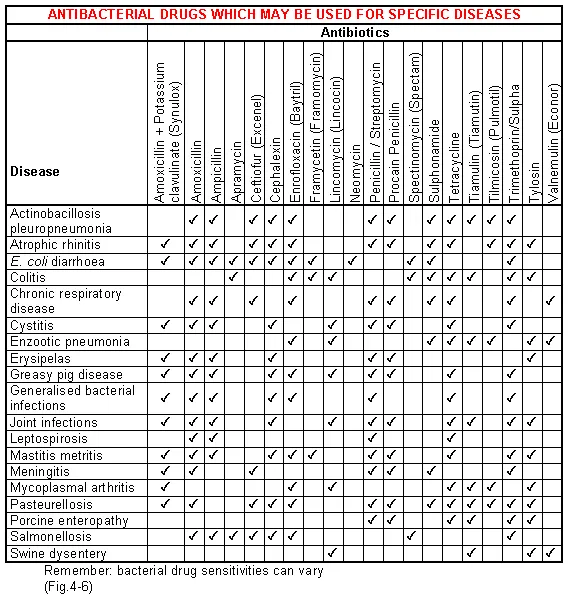



The primary sites of injection in pigs
Finding the right spot to administer treatment via injection requires consideration of a number of factors.Subcutaneous
The ideal site for the small pig is inside the thigh beneath the fold of the skin or, beneath the skin behind the shoulder. In the growing and mature animals, the best site is approximately 25-75mm behind and on the level of the base of the ear, using a 25mm needle at a 45° angle.
Intravenous
There are three sites for injecting medicines directly into the blood stream, the ear veins, the jugular vein and the anterior vena cava or large vein that leaves the heart. The ear vein is the most common method particularly for anaesthetics and occasionally calcium injections. The skin over the outer part of the ear is cleaned with cotton wool and surgical spirit which also demarcates the veins. They are then raised by applying pressure to the base of the ear. The pig should be restrained by a wire noose or rope around the upper jaw and or by sedation using azaperone (stresnil).
Intramuscular
The common preferred site in weaners, growers, finishers and adults is up to 70mm behind the base of the ear. Small piglets are often injected into the ham of the hind leg because there is not much muscle on the neck. This is not recommended in growers/finishers because of the possibility of abscesses.
Fig.4-5 lists some of the common antibiotics that are administered by injection. The first column gives the mg/ml of active medicine and the second the mg/kg of live weight to achieve therapeutic levels. How much body weight 1ml will treat is then calculated and the number of ml required to treat the pig is then calculated. This varies with the concentration or mg/ml of the antibiotic.

The sites of injection.
Withdrawal period
This is the time between the last dose of medicine administered and the time when the level of residue in the muscle, liver, kidney, fat or skin is equal or less than the maximum residue limit (MRL) allowed in carcasses. The MRL in the EU is the legally permitted maximum concentration allowed. Fig.4-5 gives guidelines of the periods for the different antibiotics but for the exact period it is necessary to refer to the current relevant data sheet.
Where a withdrawal period for pig meat is not specified a standard period of 28 days is recommended.
A guideline to the use of antibiotics in specific diseases is shown in Fig.4-6 but you are advised to discuss these with your veterinarian.








